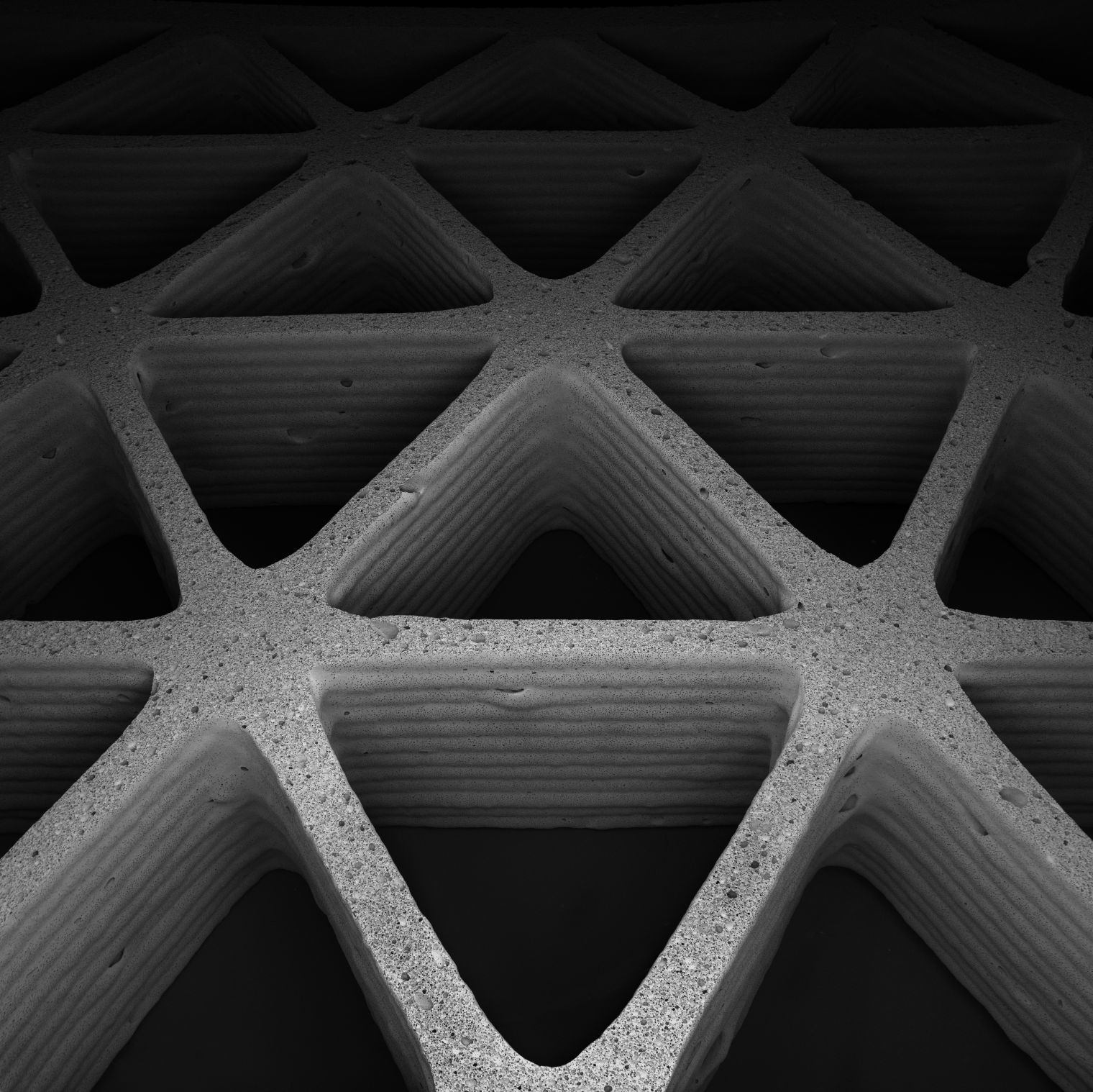LusiveLife
LusiveLife /
Design - Events - Giving - InspirationInspired by nature’s cellular architectures via 3D printing

Research offers new level of control over the structure of 3D-printed materials. Inspired by natural cellular structures, researchers at Harvard and MIT have developed a new method to 3D print materials with independently tunable macro-and microscale porosity using a ceramic foam ink. Their approach could be used to fabricate lightweight structural materials, thermal insulation or tissue scaffolds.
Nature does amazing things with limited design materials. Grass, for example, can support its own weight, resist strong wind loads, and recover after being compressed. The plant’s hardiness comes from a combination of its hollow, tubular macrostructure and porous, or cellular, microstructure. These architectural features work together to give grass its robust mechanical properties.
“This process combines the best of both worlds,” said Lorna Gibson from MIT, “You get the microstructural control with foam processing and global architectural control with printing. Because we’re printing something that already contains a specific microstructure, we don’t have to pattern each individual piece. That allows us to make structures with specific hierarchy in a more controllable way than we could do before.”
Harvard and MIT researchers 3D printed lightweight hexagonal and triangular honeycombs (pictured above), with tunable geometry, density, and stiffness using a ceramic foam ink.
While the team focused on a single ceramic material for this research, printable foam inks can be made from many materials, including other ceramics, metals, and polymers.
Harvard’s Office of Technology Development (OTD) has filed a patent application and is considering commercialization opportunities.
source: harvard
